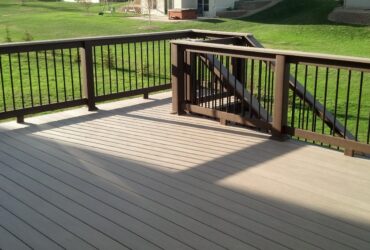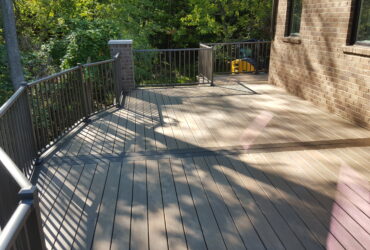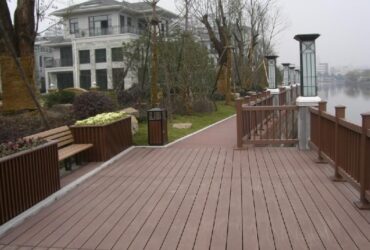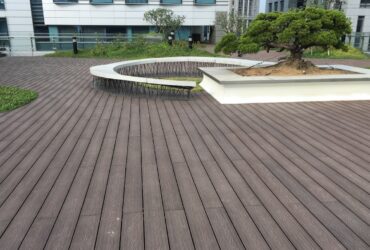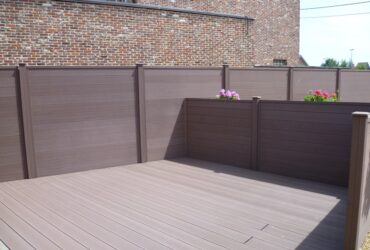Research On Properties Of Wood-plastic Composites
At present, the research on the comprehensive properties of wood-plastic composites mainly focuses on the ratio of raw materials and external factors.The main raw materials of wood-plastic composite materials are: thermoplastics, plant fibers, coupling agents and other additives,The types of raw materials, the mix ratio and the selection of additives will affect the mechanical properties of materials during production. Scholars at home and abroad have conducted a lot of research on this.
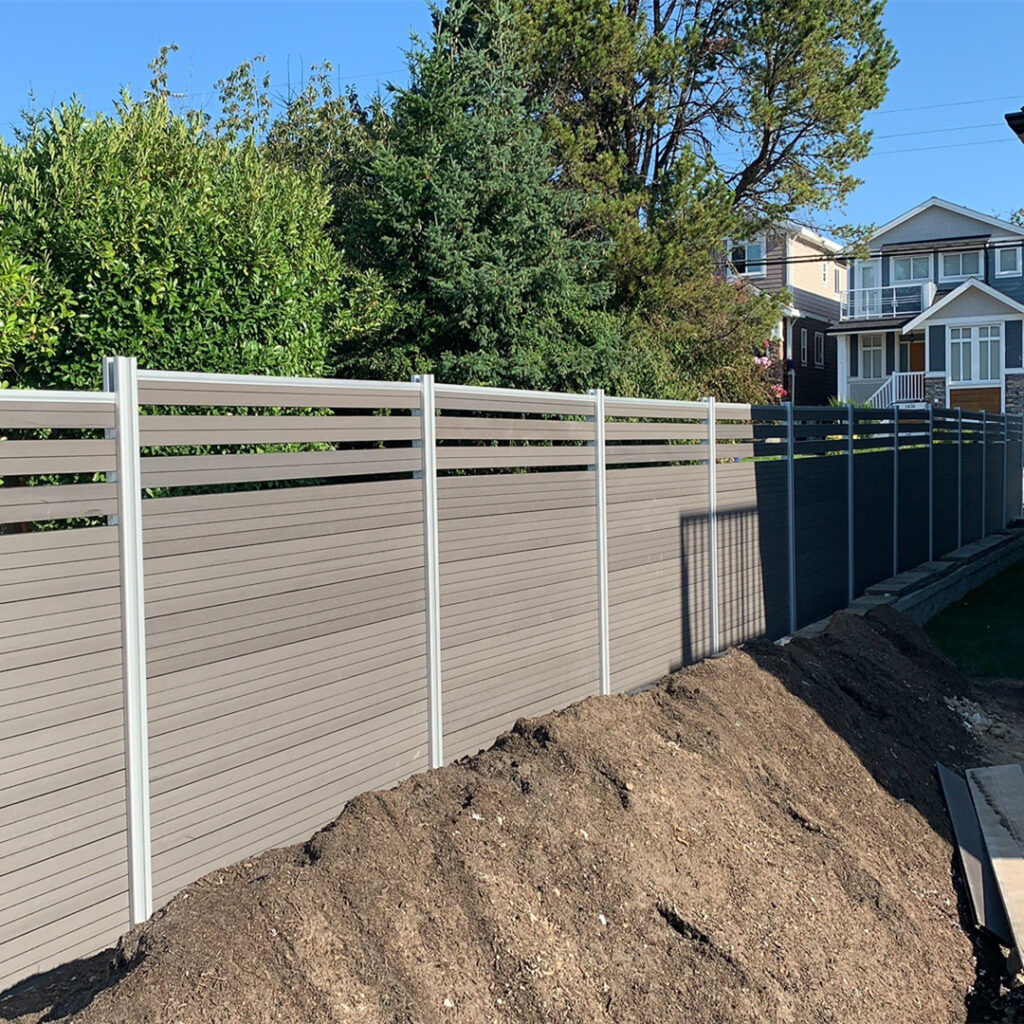
Some scholars have chosen two kinds of coniferous wood and two kinds of broad-leaved wood as raw materials to prepare wood-plastic composite materials by injection molding. The properties of composite materials of different tree species are quite different within a certain proportion. Studies by some scholars have shown that different particle sizes and different types of wood fillers have a significant impact on the mechanical properties of composite materials, and the performance of composite materials made from 100 mesh wood flour is the best.Moreover, the analysis of differential scanning calorimetry test data shows that: the change of wood powder and bamboo powder content has an influence on the melting temperature of the composite material system;At the same time, the electron microscope scanning impact fracture morphology shows that the compatibilizer can effectively improve the compatibility between wood flour and high density polyethylene (HDPE) interface, improve the interface adhesion, and improve the performance of the composite material.
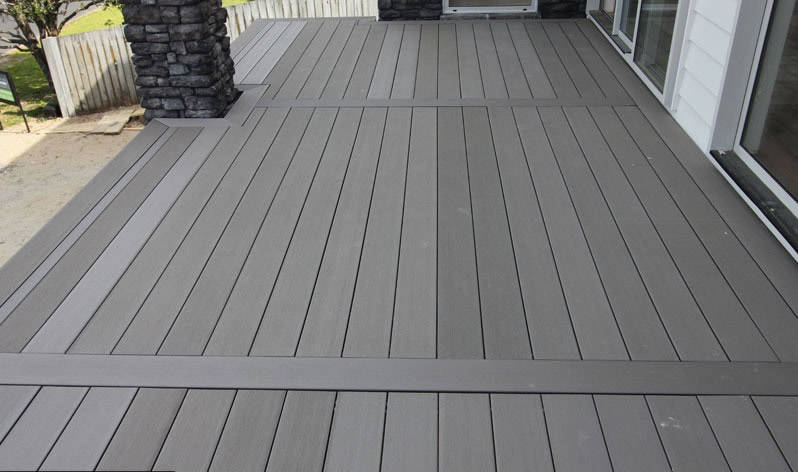
The research shows that within a certain range, the tensile strength of wood-plastic composites first increases and then decreases with the decrease of wood flour particle size, and first decreases and then increases with the increase of wood flour content, and then tends to be stable;The impact strength first increased and then decreased with the decrease of wood flour particle size, and decreased with the increase of wood flour content.When the wood flour particle size is 70-80 mesh and the wood flour content is 20% (mass fraction), the mechanical properties of the obtained composite material are the best.Taking polyethylene (PE)-based wood-plastic composites as the research object, it is given that the wood-plastic ratio is the primary factor affecting the dynamic elastic modulus;The wood-plastic ratio is in the range of 55:45 to 70:30, and the dynamic elastic modulus of PE-based wood-plastic composites is directly proportional to the wood-plastic ratio;When the content of coupling agent is 2%~5%, as the content of coupling agent increases, the dynamic modulus of elasticity of PE-based wood-plastic composites also increases;In addition, it is feasible to predict the dynamic elastic modulus of PE-based wood-plastic composites using molding temperature, coupling agent content and density.
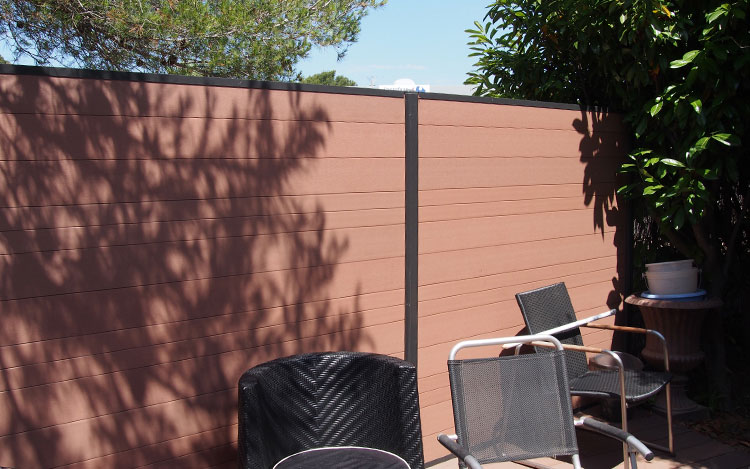
The mechanical properties of wood-plastic composite materials will also be affected by external factors, such as temperature, environment and other factors.The creep behavior of PE-based wood-plastic composites under different load, time and temperature conditions was studied, and it was pointed out that the short-term creep behavior of PE-based wood-plastic materials could be improved by using the coupling agent maleic anhydride.At the same time, the creep behavior of PE-based wood-plastic is related to temperature. The effect of water absorption of wood-plastic composites on its creep was studied by growing MDF/HDPE as the immersion time increased, and the absorbed moisture caused debonding of the fiber matrix, which eventually led to an increase in creep.
Relatest Post
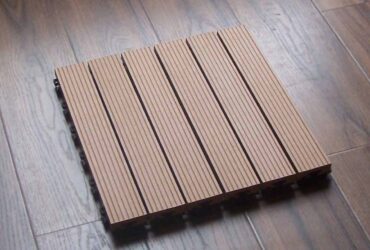
The Application Of Plastic Wood Composite Materials In Industrial Product Design
Details icon